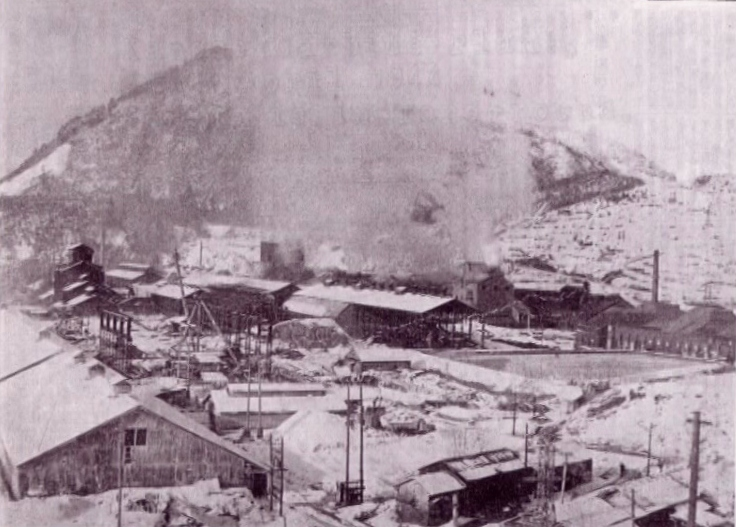Kanose POW Camp on:
[Wikipedia]
[Google]
[Amazon]

 Kanose, also known as ''Tokyo 16B'', was a
Kanose, also known as ''Tokyo 16B'', was a
Roger Mansell page on Kanose POW Camp

 Kanose, also known as ''Tokyo 16B'', was a
Kanose, also known as ''Tokyo 16B'', was a prisoner of war
A prisoner of war (POW) is a person who is held captive by a belligerent power during or immediately after an armed conflict. The earliest recorded usage of the phrase "prisoner of war" dates back to 1610.
Belligerents hold prisoners of wa ...
camp during the Second World War
World War II or the Second World War, often abbreviated as WWII or WW2, was a world war that lasted from 1939 to 1945. It involved the vast majority of the world's countries—including all of the great powers—forming two opposin ...
located in the Showa Denko
, founded in 1939 by the merger of Nihon Electrical Industries and Showa Fertilizers, both established by a Japanese entrepreneur Nobuteru Mori, is a Japanese chemical company producing chemical products and industrial materials.
SDK's products ...
Carbide Plant at Kanose, Niigata in Japan
Japan ( ja, 日本, or , and formally , ''Nihonkoku'') is an island country in East Asia. It is situated in the northwest Pacific Ocean, and is bordered on the west by the Sea of Japan, while extending from the Sea of Okhotsk in the north ...
.
The first 100 prisoners at the camp came from Mitsushima POW Camp. Of these, one died from malnutrition (the result of fellow POWs stealing his meals), and a further three died from burns in a furnace accident at the carbide plant.
On July 26, 1945, the B-29 Superfortress
The Boeing B-29 Superfortress is an American four-engined propeller-driven heavy bomber, designed by Boeing and flown primarily by the United States during World War II and the Korean War. Named in allusion to its predecessor, the B-17 Fl ...
Straight Flush of the 509th Composite Group
The 509th Composite Group (509 CG) was a unit of the United States Army Air Forces created during World War II and tasked with the operational deployment of nuclear weapons. It conducted the atomic bombings of Hiroshima and Nagasaki, Japan, in ...
dropped a pumpkin bomb
Pumpkin bombs were conventional aerial bombs developed by the Manhattan Project and used by the United States Army Air Forces against Japan during World War II. It was a close replication of the Fat Man plutonium bomb with the same ballistic an ...
on the camp, narrowly missing it.
Eight guards and work supervisors were tried at the Yokohama War Crimes Trials
The Yokohama War Crimes Trials was a series of trials of 996 Japanese war criminals
The Empire of Japan committed war crimes in many Asian-Pacific countries during the period of Japanese imperialism, primarily during the Second Sino-Japanese ...
for acts of brutality and stealing Red Cross parcels. Sentences ranged between one and a half years to twenty-five years. The camp commander, Hiroshi Azuma, received clemency largely due to his acts of intervention against his guards and his compassion towards prisoners.
After the war, NHK Japan broadcast a drama called ''Christmas in Kanose'', based on the Christmas 1944 concert run by the prisoners and directed by POW Frank Smith, from the West End of London
The West End of London (commonly referred to as the West End) is a district of Central London, west of the City of London and north of the River Thames, in which many of the city's major tourist attractions, shops, businesses, government buil ...
.
Related links
* Mitsushima POW Camp * Tofuku Maru * List of POW camps in JapanExternal links
Roger Mansell page on Kanose POW Camp
References
Japanese prisoner of war and internment camps {{Japan-mil-hist-stub